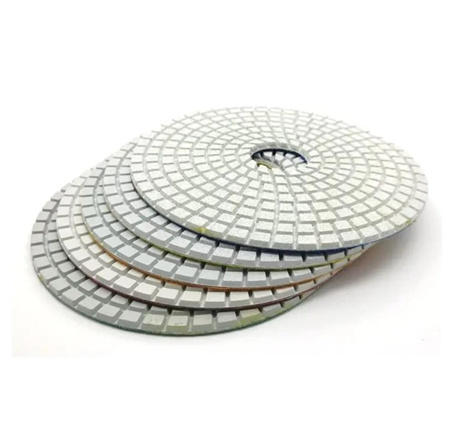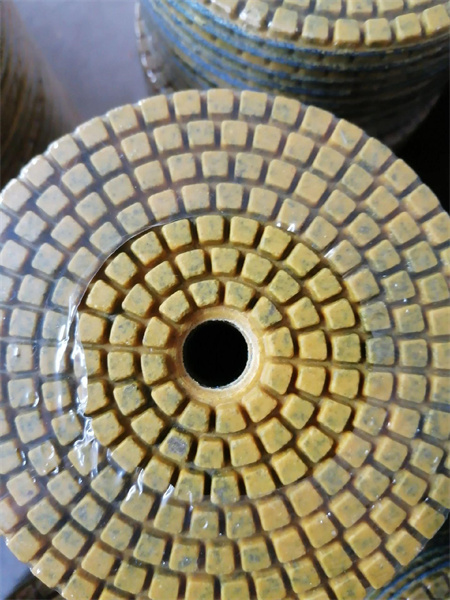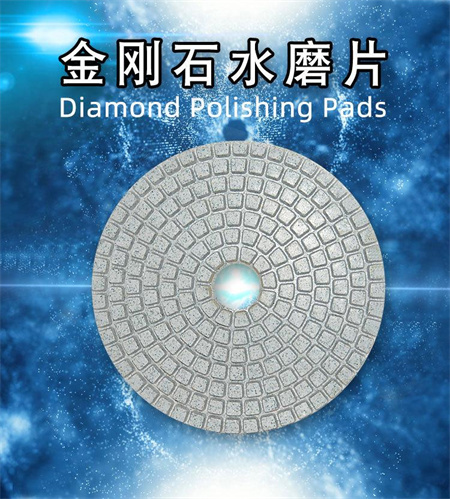Diamond Pads Buying Guide for First-Time Buyers
When it comes to polishing, grinding, or honing surfaces, diamond pads are the undisputed champions. Whether you’re working on concrete, stone, marble, or granite, these tools can help you achieve a smooth, high-quality finish with minimal effort. But if you’re new to diamond pads, the sheer number of options available might leave you feeling overwhelmed. What are the key factors to consider when purchasing one? Here’s a guide to help you make an informed choice.
Diamond pads are specifically designed to harness the power of industrial diamonds embedded within the pad’s surface. These diamonds cut through hard surfaces with precision, making them a must-have for professionals and DIYers alike. Unlike traditional abrasive pads, which wear down quickly, diamond pads offer durability and efficiency, often lasting much longer.
Understanding the Types of Diamond Pads
Before diving into specific products, it’s important to grasp the different types of diamond pads you’ll encounter. There are generally two categories: resin-bonded pads and metal-bonded pads.
Resin-bonded pads are perfect for polishing surfaces and are favored by those working on delicate materials like marble or granite. The resin allows for finer abrasion, which creates a smooth and glossy finish. These pads are ideal if you’re looking to give your surfaces that high-shine, polished look.
On the other hand, metal-bonded pads are designed for more aggressive grinding. The metal matrix holding the diamonds together allows for faster removal of material. These pads are commonly used for concrete and other hard, industrial materials that need significant shaping or smoothing before polishing can begin.
Choosing the Right Grit Size
The grit size of a diamond pad is another important factor. The term “grit” refers to the coarseness or fineness of the diamonds embedded in the pad. The lower the grit number, the coarser the pad, and the more material it will remove. Higher grit numbers indicate finer abrasives, which are suited for polishing and achieving a smoother finish.
For rough grinding or heavy material removal, a coarser grit, such as 30 or 50, will be necessary. If your goal is to refine the surface and get a glossy finish, you’ll need finer grit pads, typically ranging from 100 to 3000 grit, depending on the level of polish you’re after.
Wet vs. Dry Pads
Another consideration when purchasing diamond pads is whether you’ll be using them wet or dry. Wet pads are designed to be used with water, which helps to cool the surface and reduce dust during the grinding or polishing process. Wet pads tend to last longer and provide better finishes, making them a good choice for high-end projects like marble countertops or floor tiles.
Dry pads, on the other hand, are more convenient for quick jobs or areas where water isn’t feasible. While they tend to wear out faster than wet pads, they’re often more versatile and can be used on a wide range of surfaces. Dry diamond pads are typically used for polishing floors and smaller areas.
Pad Size and Compatibility
When purchasing diamond pads, it’s crucial to ensure they are compatible with the equipment you plan to use. Diamond pads come in various sizes and can be used with different types of machines, including hand polishers, grinders, or floor machines. The most common sizes are 4-inch, 5-inch, and 7-inch, but there are many other sizes depending on the machine and the specific task.
Check the specifications of both the pads and your equipment to ensure they fit together seamlessly. Additionally, some pads are designed for specific machines like planetary grinders or handheld polishing tools, so make sure the pad you choose aligns with your tool’s requirements.
Quality and Durability
Not all diamond pads are created equal, so paying attention to the quality of the product is essential. High-quality diamond pads will have evenly distributed diamonds and durable bonds that will help maintain consistent performance throughout their use. While you may find cheaper options on the market, investing in a higher-quality pad will save you time and money in the long run, as these pads will last longer and deliver better results.


Final Thoughts
Choosing the right diamond pads doesn’t have to be a daunting task. By understanding the different types, grit sizes, and other specifications, you’ll be well on your way to making an informed purchase. Whether you’re polishing countertops, grinding concrete floors, or honing stone surfaces, the right diamond pad can make all the difference in the quality and efficiency of your work. Make sure to choose carefully, considering the task at hand, the material you’re working with, and the longevity of the pad to ensure you get the best results possible.

